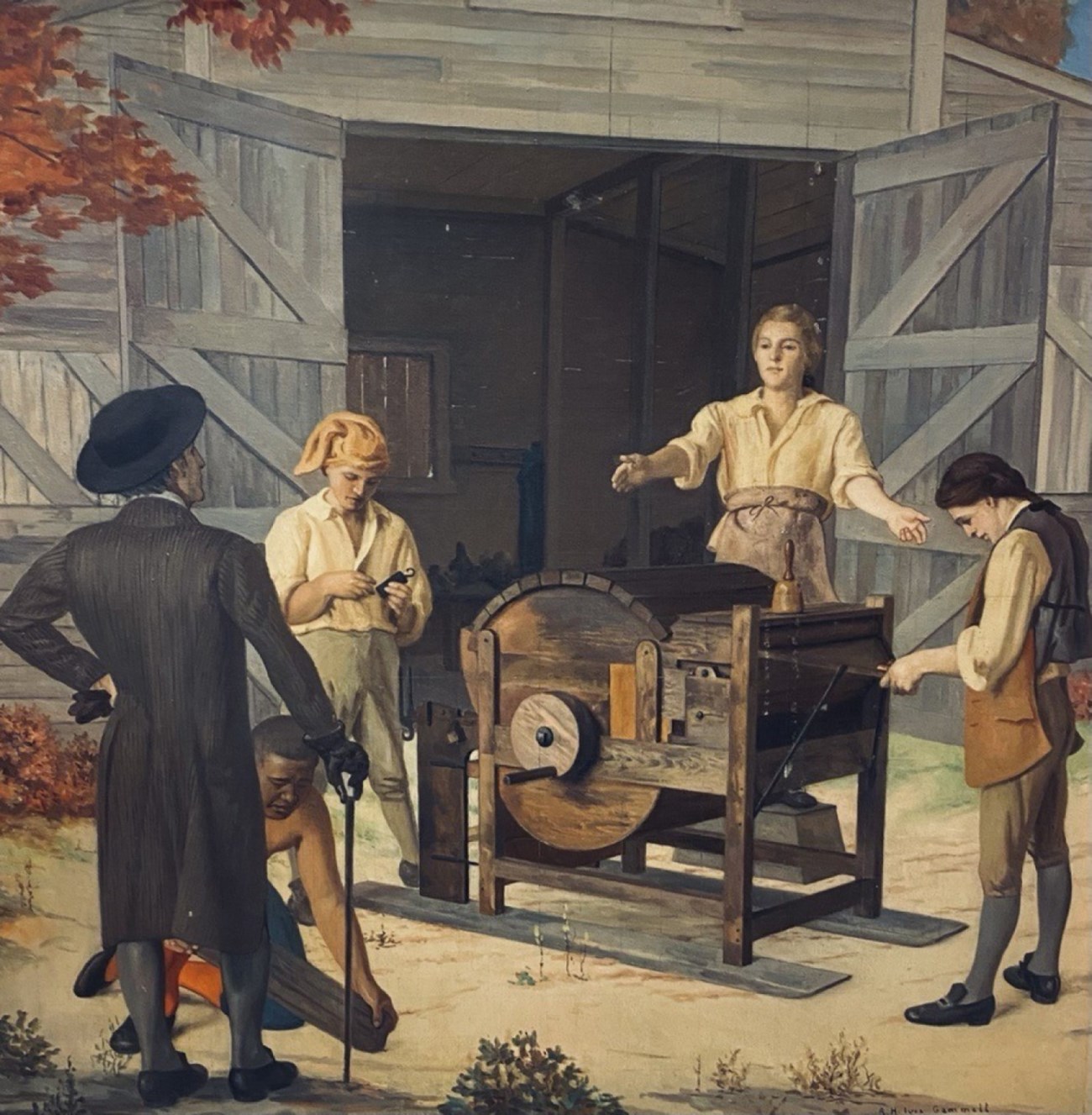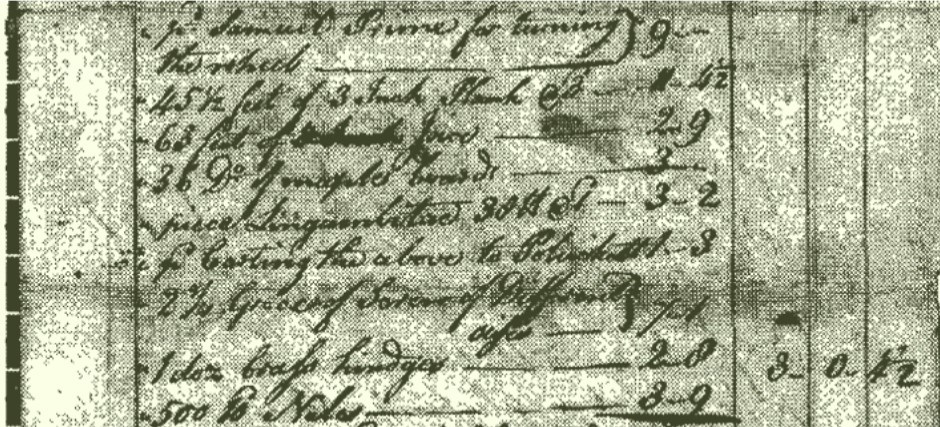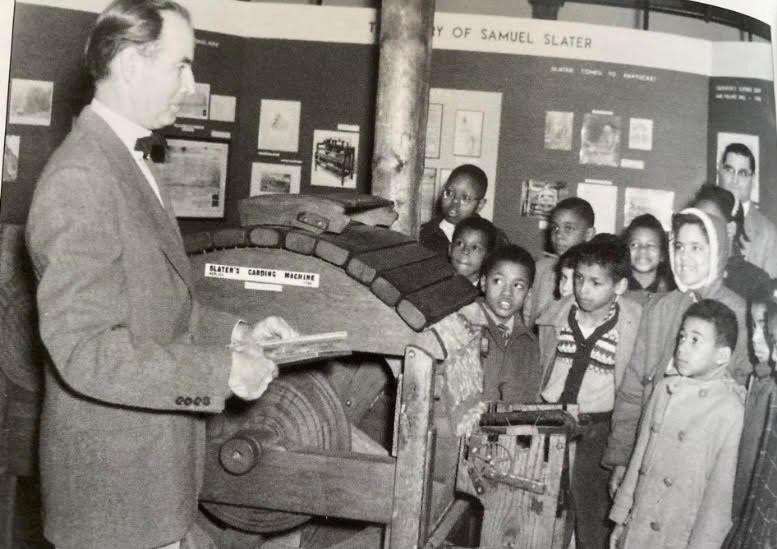
Courtesy of Old Slater Mill Association “The motive power was furnished by a wheel, which was turned by an aged negro by the name of Prime…” - “A Report of the Celebration at Pawtucket, North Providence, of the One Hundredth Anniversary of the Incorporation of the Town,” (1865). “A former slave named Prime provided the hand power to turn Brown’s ‘great’ lathe.” - Gary Kulik, “The Beginnings of the Industrial Revolution in America: Pawtucket, Rhode Island, 1672-1829,” (1980), p.145.

In many histories of Samuel Slater’s mill, there is a reference to a Black man providing power for Slater’s earliest machines. Two early records provide initial clues. In one record book, the newly arrived Slater was given money to pay a man named “Samuel Prime, for turning the wheel.”1 In October 1790, Slater received money for his investors to pay for hire of “the black man who turned [provided power] for him.”2 These account books are sparse. A more detailed (and possibly fabricated) story was published in the 1870s. Massena Goodrich’s Historical Sketch of the Town of Pawtucket (1876) described Slater’s early “operations” and offered significant detail on the man named Prime. “What power was needed was supplied by a wheel propelled by an aged negro of the name of Prime. He boasted a fuller name, or a brace of them, — Samuel Primus, or Primus Jenks. Having once been a slave of some of the Jenkses, he bore that reminder of his former relation to them.” Did this worker really have “a brace” of names? Or was this simply a case of careless recordkeeping? Over time, the identity of the man who worked directly with Slater on these first machines has become difficult to determine. The 1790 census shows that a Primus Jenckes lived in Smithfield, RI, and a Primus Hopkins lived in Providence, RI. This worker could be one of these men or someone else entirely. Other records do suggest that there was precedent for this type of arrangement. Prior to Slater’s arrival in the United States, merchants in Providence, RI were experimenting with textiles machinery. The machinist David Wilkinson recalled that some work on “a machine for carding cotton” took place in the 1780s. One “card was put in operation in the Market House chamber, in Providence, and was turned by a colored man, named Prince Hopkins [.]” Wilkinson also provides an unsubstantiated detail about Hopkins’s war service, unsure as to how he “lost one leg, I think, and one arm…a few years before.” The confusion over Hopkins, and the question of who did the turning for Slater point to the lack of care and attention given to Black laborers in Rhode Island. In some cases, writing a fuller biography may not be possible. What can be determined is the significance of Black workers in this early period, before Black people were barred from working in such mills. A Pawtucket Gazette and Chronicle article on Slater’s “Yellow Mill” includes the important note that in addition to “the cotton factory, they had a grist mill, and an oil mill…these last two were under the direction of a colored man by the name of “Prince.”’3 There are also records of other Black laborers, including a “Black John,” or “John Bucklin” living and working within Slater’s world. Bucklin was employed by the Wilkinsons in a different mill. Early on, a man named Sylvester Daby was also paid by Almy and Brown “for baskets” in December 1789. Men referred to as “Black Prince” and “Underwood” also appear in passing in historical records from the time. John, Prince, Sylvester, and Primus, or Prime, or Samuel were on the ground floor of important developments in the textiles industry in the United States. Though their contributions have not been recognized with consistency or clarity, these and other Black workers were essential to the industrial revolution. 
Citations:1) A transaction documented in an unbound paper labeled “Water Spinning Mashene to Almy and Brown 1789.” People, Places, and Stories
|
Last updated: May 14, 2025



